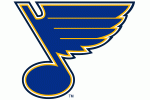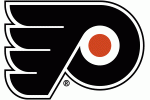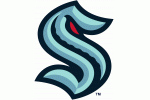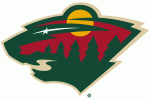
Although it’s taken time for sports betting to really enter the hockey world, you can now find odds and props on every single game, while futures betting allows you to bet on things like the winner of the Stanley cup at any point in the season. We’ve narrowed down the best NHL betting sites and bring you the latest hockey odds from each of them, allowing you to compare and find the best odds before you place your wager.
NHL Odds
Stanley Cup Winners Odds
| Team | offshore


|
offshore


|
offshore


|
offshore


|
offshore


|
offshore


|
offshore


|
offshore


|
|---|
| Team | offshore


|
offshore


|
offshore


|
offshore


|
offshore


|
offshore


|
offshore


|
offshore


|
|---|
 Avalanche
Avalanche |
+280 | +270 | - | +285 | - | +250 | +269 | +280 |
|---|---|---|---|---|---|---|---|---|
 Hurricanes
Hurricanes |
+600 | +850 | - | +600 | - | +750 | +771 | +600 |
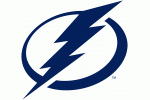 Lightning
Lightning |
+750 | +650 | - | +775 | - | +750 | +754 | +750 |
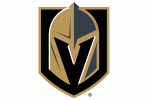 Knights
Knights |
+850 | +850 | - | +860 | - | +800 | +837 | +850 |
 Panthers
Panthers |
+1000 | +950 | - | +950 | - | +900 | +1000 | +1000 |
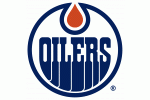 Oilers
Oilers |
+1100 | +1100 | - | +950 | - | +1000 | +1100 | +1100 |
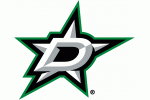 Stars
Stars |
+1100 | +1800 | - | +1100 | - | +1200 | +1400 | +1100 |
 Capitals
Capitals |
+1600 | +1800 | - | +1800 | - | +1600 | +1800 | +1600 |
 Wild
Wild |
+2200 | +2000 | - | +2000 | - | +2200 | +2200 | +2200 |
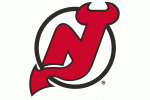 Devils
Devils |
+3000 | +2800 | - | +3300 | - | +2800 | +3000 | +3000 |
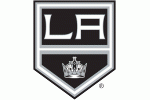 Kings
Kings |
+3000 | +3500 | - | +3300 | - | +2800 | +3100 | +3000 |
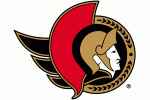 Senators
Senators |
+4000 | +4500 | - | +5000 | - | +3500 | +4600 | +4000 |
 Leafs
Leafs |
+5000 | +5000 | - | +5000 | - | +5000 | +4900 | +5000 |
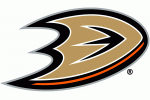 Ducks
Ducks |
+6000 | +6600 | - | +5000 | - | +6000 | +6200 | +6000 |
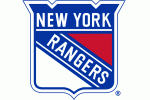 Rangers
Rangers |
+6000 | +6000 | - | +6600 | - | +5000 | +6000 | +6000 |
 Canadiens
Canadiens |
+6000 | +4500 | - | +6600 | - | +6000 | +5800 | +6000 |
 Utah Mammoth
Utah Mammoth |
+6000 | +8000 | - | +6600 | - | +6600 | +7600 | +6000 |
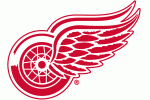 Wings
Wings |
+6000 | +8000 | - | +6600 | - | +6000 | +6500 | +6000 |
 Islanders
Islanders |
+7500 | +10000 | - | +8000 | - | +7500 | +8300 | +7500 |
 Blues
Blues |
+10000 | +30000 | - | +10000 | - | +25000 | +24300 | +10000 |
 Sabres
Sabres |
+10000 | +10000 | - | +10000 | - | +10000 | +8900 | +10000 |
 Penguins
Penguins |
+12000 | +12500 | - | +12500 | - | +20000 | +12400 | +12000 |
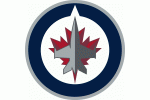 Jets
Jets |
+15000 | +8000 | - | +15000 | - | +6600 | +10200 | +15000 |
 Jackets
Jackets |
+12000 | +22500 | - | +15000 | - | +12500 | +16700 | +12000 |
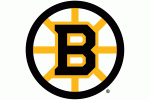 Bruins
Bruins |
+15000 | +25000 | - | +15000 | - | +20000 | +22900 | +15000 |
 Flyers
Flyers |
+12000 | +15000 | - | +15000 | - | +12500 | +12800 | +12000 |
 Canucks
Canucks |
+30000 | +40000 | - | +30000 | - | +40000 | +41400 | +30000 |
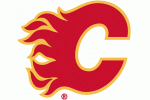 Flames
Flames |
+30000 | +25000 | - | +40000 | - | +30000 | +29300 | +30000 |
 Predators
Predators |
+30000 | +17500 | - | +40000 | - | +20000 | +23200 | +30000 |
 Kraken
Kraken |
+50000 | +30000 | - | +40000 | - | +50000 | +45700 | +50000 |
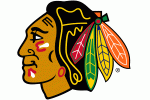 Blackhawks
Blackhawks |
+50000 | +50000 | - | +50000 | - | +50000 | +50000 | +50000 |
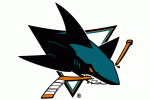 Sharks
Sharks |
+50000 | +25000 | - | +50000 | - | +50000 | +40700 | +50000 |














